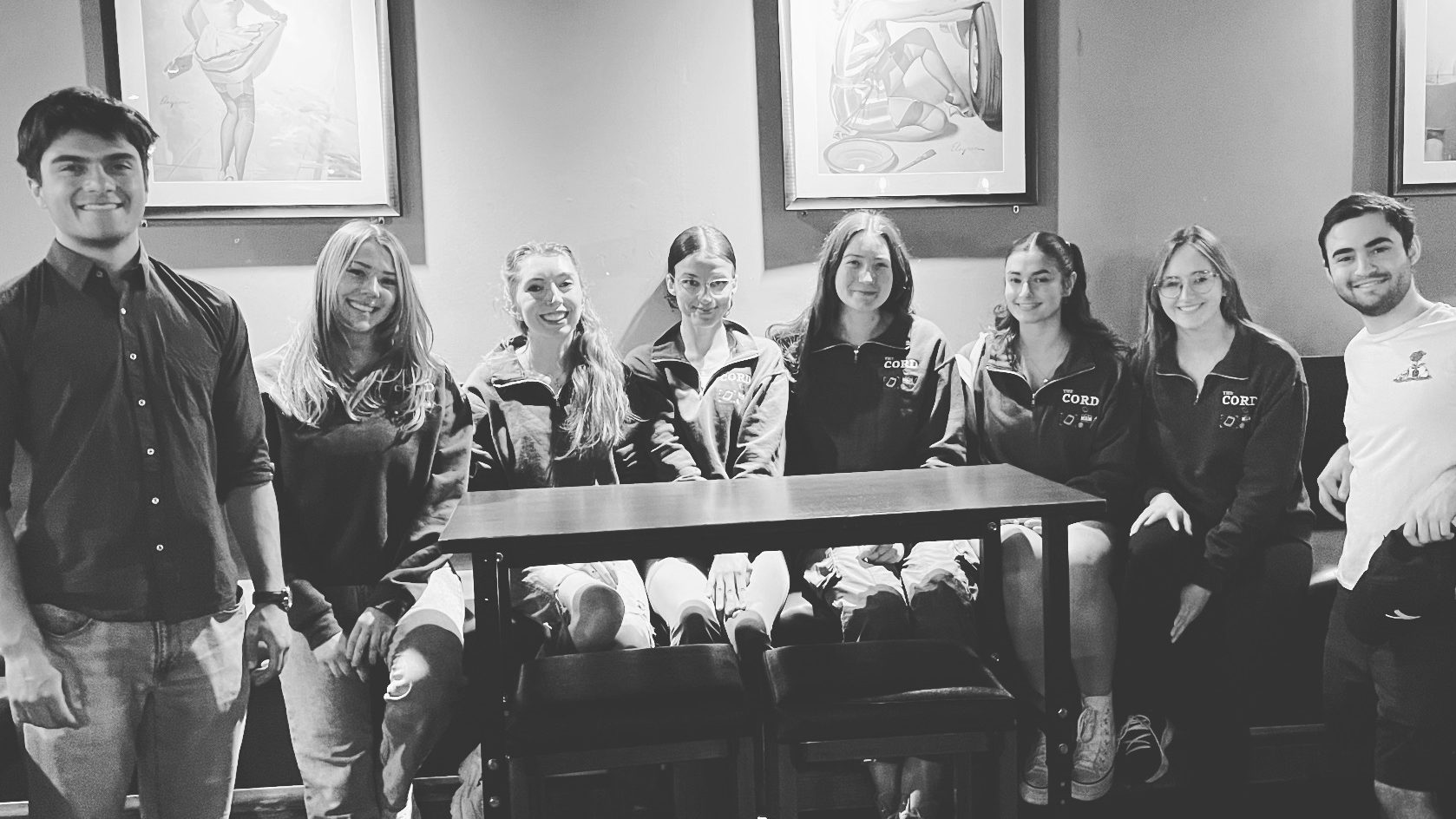First-year students starting at Wilfrid Laurier University this year are getting a bit more flexibility in how they use their OneCard.
There will be several changes to the Laurier OneCard and meal plan system this school year, aimed at not only creating more options for students, but also improving the financial state of the food services on campus. The most notable of these changes is new flexibility in how students can use their prime dollars. In the past, the prime account on Laurier meal plans was exclusively used at the dining hall, while alternative dollars were used at food outlets operated by the Wilfrid Laurier University Students’ Union (WLUSU), namely Wilf’s and the Terrace. Now, however, once a student depletes his or her alternative account, which is usually about half the amount of the prime account, prime dollars can be used in WLUSU-run businesses. “A student’s never going to run out of money in an on-campus location, it’ll be impossible,” said Laurier assistant vice president: student services Dan Dawson. “WLUSU was determined to get students access to prime dollars through their locations … We recognized as a whole group that this was a good thing for customer service, however it couldn’t be done at the detriment of food services’ financial situation.” In order to have prime dollars used in WLUSU food outlets, WLUSU will pay a 34 per cent commission plus a premium on any sales made with prime dollars at the Terrace or Wilf’s. “WLUSU is paying us a premium for the right to access that money,” added Dawson. The university has also created a new account on the meal plan, called Flex Food. The money in this account can be used for food purchases at off-campus locations and vending machines, in addition to on-campus outlets. The new flex food account is particularly important to students living in apartment-style residences. For the first time, these students are required to purchase a $1,220 meal plan, however all the money on the plan is in the flex food account. “[In the past,] they didn’t have to buy a meal plan but our experience showed that about 80 per cent of them would decide to buy one anyway,” said Dawson. “The problem that was happening was that a student in Bricker would buy, say Plan A the light plan, spend close to $3,000 and then they would be frustrated that they would have to follow all the same rules as someone in Little House.” However, with this newfound flexibility, comes a price. If a student fails to spend all of the money on his or her OneCard by Apr. 30, those funds will be surrendered to the University. In the past, students were able to carry over a maximum of $500 between school years. “If students don’t spend their money within that calendar year, we’re deferring revenue to the next year, but we still incurred all the overhead costs,” said Dawson. “By providing students with more choices of where they can spend their money, we felt it was fair to say that they can’t carry any over any more.” Dawson added that all the money that would’ve been carried over will go towards covering food services’ overhead costs. According to Dawson and Laurier’s manager of business services for conference services and OneCard, David Playfair, the university is in the midst of working on expanding the numbers of off-campus outlets that accept OneCard. Dawson hopes to add at least six to eight new businesses which will include “three pizza places, between four and six restaurants and a few additional quick serve style options.” 






